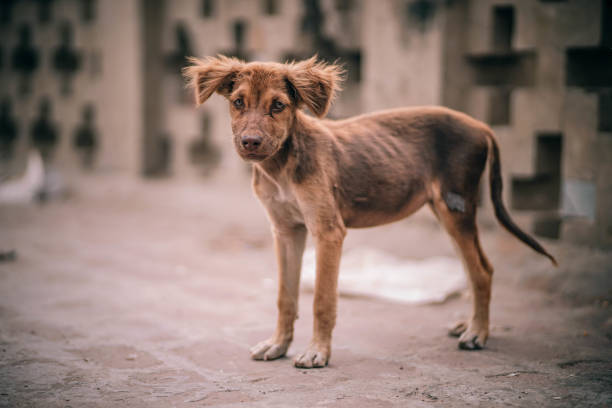
How Long Can A Dog Go Without Food?
Figuring out how long a dog can go without food is a tricky question. It is important to understand that a dog’s ability to go without food depends on a variety of factors such as age, size, and health.
In this blog post, we will explore how long a dog can generally go without food and provide tips to ensure your pup is getting the nutrition it needs.
Table of Contents
Answer
The truth is that dogs can go several days without food, depending on their size and health.
Some small breeds can survive without eating for up to two weeks or more! However, this should never be done intentionally, as it can be dangerous and cause serious health complications.
It’s important to note that although a dog may be able to go without food for some time, it will still need plenty of water to stay hydrated.
This is why it is so important to make sure your pup always has access to clean water, no matter what their diet is like.
What Factors Affect How Long A Dog Can Go Without Food?
Many factors can affect how long a dog can go without food. Age, size, health, and activity level all play a role in how much food a dog needs and how long it can go without it.
Younger dogs usually need more frequent meals as they are growing and may not be able to last as long as an adult dog without food.
Larger breeds of dogs may also require more frequent meals because they need more energy than smaller breeds.
A dog’s overall health and any underlying medical conditions can also impact its ability to go without food for long periods.
Dogs with diabetes or kidney disease, for example, need to eat more frequently and cannot go without food for as long as a healthy dog.
Activity level is another factor that affects how long a dog can go without food. Active dogs use more energy and will need to eat more often to maintain their energy levels. Working dogs, such as police or rescue dogs, often need to eat several meals per day because of the amount of energy they expend during their job.
By taking these factors into account, you should be able to determine how long your dog can go without food. However, it’s important to remember that each dog is different and some may need more or less food than others depending on their individual needs.
Read Also: Why Does My Dog Drink His Pee While Peeing
How To Tell If Your Dog Is Getting Enough Food
- Monitor your dog’s weight: Keeping an eye on your dog’s weight is a good way to tell if they are getting enough food. If your dog is losing weight, it may need more food. Likewise, if your dog is gaining too much weight, you may need to reduce the amount of food they are eating.
- Check your dog’s coat: If your dog’s coat is dry or dull, they may not be getting enough nutrition from their food. A healthy coat should be glossy and thick.
- Look at your dog’s stool: Healthy stools should be firm and well-formed. Loose stools could indicate that your dog is not getting enough nutrition.
- Monitor your dog’s activity levels: Active dogs generally need more food than those who are less active. If you notice that your dog seems to have less energy than usual, it may not be getting enough food.
- Watch for signs of hunger: Dogs will let you know when they’re hungry. Watch out for signs such as frequent yawning, licking lips, sniffing around for food, or begging for food. If you notice these signs, it’s a good idea to increase their food intake.
What To Do If Your Dog Isn’t Eating
If your dog isn’t eating, it’s important to find out why. There are a variety of reasons why a dog might stop eating, including digestive issues, stress, dental problems, or an underlying medical condition. First, take your pup to the vet to rule out any underlying medical issues.
The vet may suggest conducting some tests and giving them a physical exam to check for any signs of discomfort or pain.
Once you’ve ruled out any health concerns, it’s time to start trying to get your pup to eat again.
If the problem is a behavioral issue such as stress or anxiety, try feeding your dog in a quiet place with minimal distractions. You may also want to switch up their diet, offer them new flavors and textures, or add flavor enhancers to their food.
Additionally, try keeping their mealtimes consistent each day and make sure they have access to clean water throughout the day. And if all else fails, consider switching to a food that’s more appealing to your pup.
It might be something as simple as adding wet food to their diet, changing to a new brand of kibble, or incorporating fresh foods like cooked meats into their meal.
Most importantly, be patient and talk to your vet if you’re concerned about your pup’s nutrition or well-being.
Conclusion
It is important to pay attention to your dog’s diet and how long it can go without food. While a dog can survive for several days without food, it is not healthy for them to do so for an extended period.
Factors such as the age, size, and health of your dog can influence how long they can go without food. If you notice your dog is not eating, contact your veterinarian right away. Proper nutrition is essential for a dog’s overall health and well-being.
References
https://drphillipsanimalhospital.com/2020/08/31/how-to-get-a-sick-dog-to-eat/